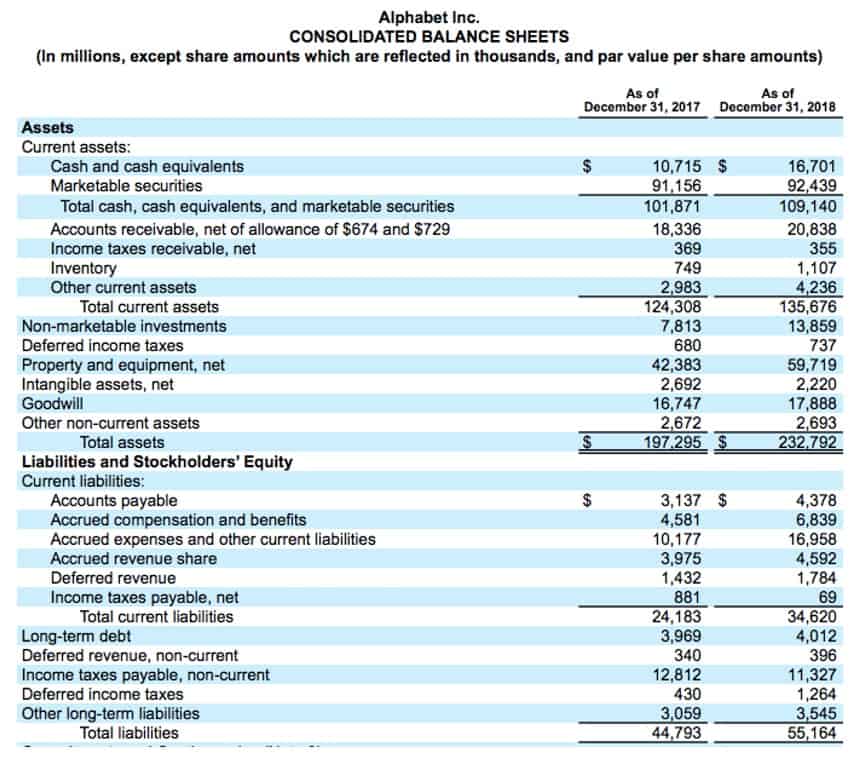
You can avoid an Open Balance Equity account by ensuring the equality of debits and credits of your beginning balances. We’ll discuss how to avoid an Opening Balance Equity account and how to fix or eliminate it. It reconciles the beginning balance of net income or loss for the period, subtracts dividends paid to shareholders and provides the ending balance of retained earnings.
Initial Setup of Opening Balance Equity
It could be due to missing uncleared bank checks or a journal accounting entry amount that does not match opening balance equity vs retained earnings the bank statement balance transaction. So, it is important to understand the root cause of opening balance equity accounts and resolve the issue to ensure the accuracy of your balance sheets. Financial professionals often scrutinize the Opening Balance Equity account to ensure that the balances are being correctly resolved. This scrutiny is part of the process of establishing a solid foundation for the company’s financial records. As transactions are recorded over time, the balance in Opening Balance Equity should diminish, signifying that the company’s financial activities are being accurately reflected in its financial statements.
How to Find Retained Earnings on Balance Sheet
- Reconciling accounts ensures that the Opening Balance Equity is correctly represented, providing a true reflection of the company’s financial health and performance over time.
- It could be due to missing uncleared bank checks or a journal accounting entry amount that does not match the bank statement balance transaction.
- Such items include sales revenue, cost of goods sold (COGS), depreciation, and necessary operating expenses.
- The correction may impact both balance sheet and income statement accounts, requiring the company to record a transaction that corrects both.
- However, it is more difficult to interpret a company with high retained earnings.
Balance sheets include multiple figures, and it’s essential to understand where to find or input your calculations. For example, you can find or enter retained earnings on the right side of a balance sheet, next to shareholder’s equity and liabilities. Businesses that have investors or shareholders will need to determine how they want to pay out these dividends. Either way, the amount will be deducted from your net income when determining retained earnings. Retained earnings are noted on the balance sheet under accumulated income from the previous year minus shareholder dividends. When a business has a positive retained earnings number, the company has more to spend on assets to foster further growth.
- Because the company has not created any real value simply by announcing a stock dividend, the per-share market price is adjusted according to the proportion of the stock dividend.
- Explore the function and setup of Opening Balance Equity within GAAP and IFRS, and learn best practices for auditing these critical accounts.
- Generally speaking, a company with a negative retained earnings balance would signal weakness because it indicates that the company has experienced losses in one or more previous years.
- However, it is up to each State Board of Accountancy to determine if that state will allow the use of IFRS or IFRS for SMEs by non-public entities incorporated in that state.
- When you add a new inventory item to your chart of accounts, QuickBooks may ask you to specify an opening balance for this item.
Are Companies Making Fewer Errors in Financial Reporting?
This balance is usually created when a new company is formed or when a company changes its legal structure. In other words, it represents the difference between a company’s assets and liabilities at the beginning of a new accounting period. This confusion arises from the fact that Opening Balance Equity represents the residual amount of funds that cannot be explicitly identified with other equity accounts.

The best way to fix or eliminate Opening Balance adjusting entries Equity is to make a journal entry transferring the amount to the proper accounts. If you’re unfamiliar with debits and credits and journal entries, you might need the help of a bookkeeper; see our guide on what a bookkeeper does. We’ll explain everything you need to know about retained earnings, including how to create retained earnings statements quickly and easily with accounting software. Debit the equity accounts you want to allocate the funds to, and credit the opening balance equity account for the same amount. This will effectively reduce the balance of the opening balance equity account and set it to zero.


In contrast, earnings are immediately available to the business owner in a sole proprietorship unless the owner elects to keep the money in the business. The significance of Opening Balance Equity extends beyond mere numbers on a ledger; it ensures continuity and accuracy in financial reporting. By effectively managing this element, companies can maintain the integrity of their financial data, which is crucial for informed decision-making and maintaining stakeholder trust. The opening balance account is not displayed on the balance sheet if the account balance is zero.

